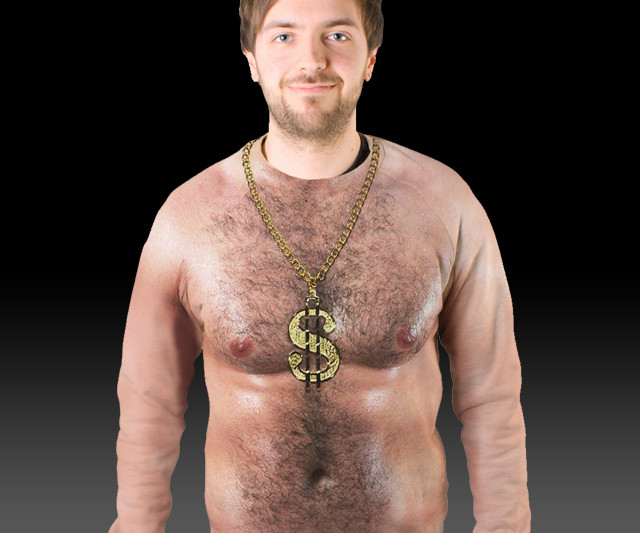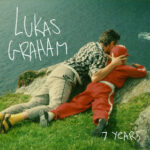Weezer’s “Undone (The Sweater Song)” is a track that often evokes a mix of nostalgia and critical head-scratching. Released in 1994, it became an anthem for a generation navigating the complexities of irony and slackerdom, yet beneath its catchy hooks and quirky lyrics lies a deeper, perhaps more unsettling commentary on culture and musical proficiency. This exploration delves into why the “Weezer Sweater Song” resonated, and why it continues to be both beloved and critiqued decades later.

To understand the impact of “Undone,” it’s crucial to consider the context of the 90s alternative rock scene. Bands like Pixies, Cheap Trick, and The Cars paved the way for a sound that embraced both melodicism and a certain detached coolness. Weezer, fronted by Rivers Cuomo, stepped into this landscape, initially appearing to offer a similar blend of catchy tunes and relatable, if somewhat awkward, male perspectives.
One personal anecdote perfectly encapsulates the Weezer phenomenon. Imagine a graduate school setting, where friendships are forged in shared spaces and evolving tastes. A character, let’s call him Carlos, embodies the quintessential 90s music aficionado. His jeep’s CD player was a rotating carousel of Sonic Youth, Kim Deal, Busta Rhymes, and consistently, Weezer’s debut album. Carlos’s musical journey, from early embraces to eventual dismissals, mirrors a broader trend of intense fandom followed by a swift move to the next obsession. His initial devotion to Weezer, however, proved more enduring.
“Undone (The Sweater Song)” itself is a study in calculated musicality. Produced by Ric Ocasek, known for his meticulous approach, the song utilizes a chord progression reminiscent of “Wild Thing” and a riff that captures the post-Nirvana zeitgeist of college radio, echoing the spareness found in tracks like “Creep.” This sonic landscape creates a sense of familiarity and accessibility, drawing listeners in with its catchy simplicity.
However, this proficiency is precisely where the critique begins. “Undone” builds a considerable sonic ruckus around what is essentially a banal core. The lyrics, seemingly stream-of-consciousness and delivered with a nonchalant air, touch upon themes of social awkwardness and feeling “undone,” like a sweater unraveling. The inclusion of party chatter woven through the riff reinforces this sense of communal misanthropy, a shared space for social discomfort.
The song’s metaphor – feeling like a mollusk hiding from the sun, as subtly alluded to, perhaps echoing Steely Dan’s “Third World Man” – hints at a deeper potential for introspective exploration. Yet, “Undone” ultimately stops short of delivering any profound insight. It revels in the surface-level anxieties of youth, offering a catchy soundtrack to teenage angst without truly dissecting it.
Despite this, or perhaps because of it, “Undone (The Sweater Song)” became a hit. It tapped into the purchasing power of legions of young men who found resonance in Weezer’s portrayal of “thwarted male erotic torment and pettifogging meanness.” This success paved the way for Weezer’s continued career, marked by both critical acclaim and head-scratching choices. Their later hits, from the defended “Hash Pipe” to the chart-topping but arguably vapid “Beverly Hills,” and even the album cover featuring a flying dog, showcase a band that consistently delivers catchy tunes while often missing deeper meaning.
In conclusion, “Undone (The Sweater Song)” stands as a crucial entry point into understanding Weezer’s complex legacy. It’s a song that is undeniably catchy and skillfully crafted, yet its lyrical and thematic depth remains debatable. Its enduring appeal speaks to a cultural fascination with irony and relatable awkwardness, even if it ultimately offers more surface-level resonance than profound substance. The “weezer sweater song” is more than just a 90s hit; it’s a reflection of a generation’s anxieties and a testament to the power of catchy banality.

